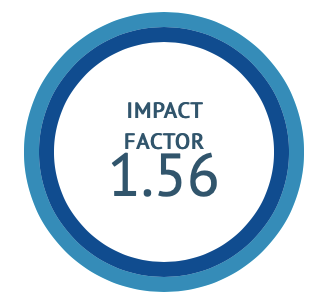A Comparative Analysis of Balaguduchyadi and Erandamooladi Niruha Basti: Insights and Outcomes
DOI:
https://doi.org/10.47552/ijam.v16i2.5364Keywords:
Basti, Ardha chikitsha, Ayurveda, Samyaka niruha lakshana, Medicated enemaAbstract
Ayurveda aims to preserve health and alleviate ailments through two main types of treatments: Shodhana Karma and Shamana Karma. Shodhana Karma includes purification therapies like Niruha Basti, which is particularly effective for Vata-predominant disorders. This retrospective study assesses the immediate outcomes of two improvised Niruha Basti formulations—Balaguduchyadi Basti (BNB) and Erandamuladi Basti (ENB)—in achieving Samyaka Niruha Lakshana, focusing on dosage ranges, voiding patterns, and Retention Period (RP). Forty Assessment formats for Basti karma of patients with various medical conditions were categorized into two groups. Group A consisted of 20 patients (both male and female) who received BNB, while Group B comprised 20 patients (both male and female) who received ENB. Results indicated that BNB achieved its highest average score for Samyaka Niruha Lakshana with a dosage range of 601-650 ml with an average RP of 14.9 minutes, whereas ENB reached its optimal score at a slightly lower dosage range of 551-600 ml (average RP of 5.9 minutes). The lowest average scores for BNB were observed at a dosage range of 401-450 ml (average RP of 8.5 minutes), while ENB showed the lowest scores at a dosage range of 501-550 ml (average RP of 6.3 minutes).
Downloads
Published
How to Cite
Issue
Section
License
Copyright (c) 2025 International Journal of Ayurvedic Medicine

This work is licensed under a Creative Commons Attribution-NonCommercial-ShareAlike 4.0 International License.
The author hereby transfers, assigns, or conveys all copyright ownership to the International Journal of Ayurvedic Medicine (IJAM). By this transfer, the article becomes the property of the IJAM and may not be published elsewhere without written permission from the IJAM.
This transfer of copyright also implies transfer of rights for printed, electronic, microfilm, and facsimile publication. No royalty or other monetary compensation will be received for transferring the copyright of the article to the IJAM.
The IJAM, in turn, grants each author the right to republish the article in any book for which he or she is the author or editor, without paying royalties to the IJAM, subject to the express conditions that (a) the author notify IJAM in advance in writing of this republication and (b) a credit line attributes the original publication to IJAM.




